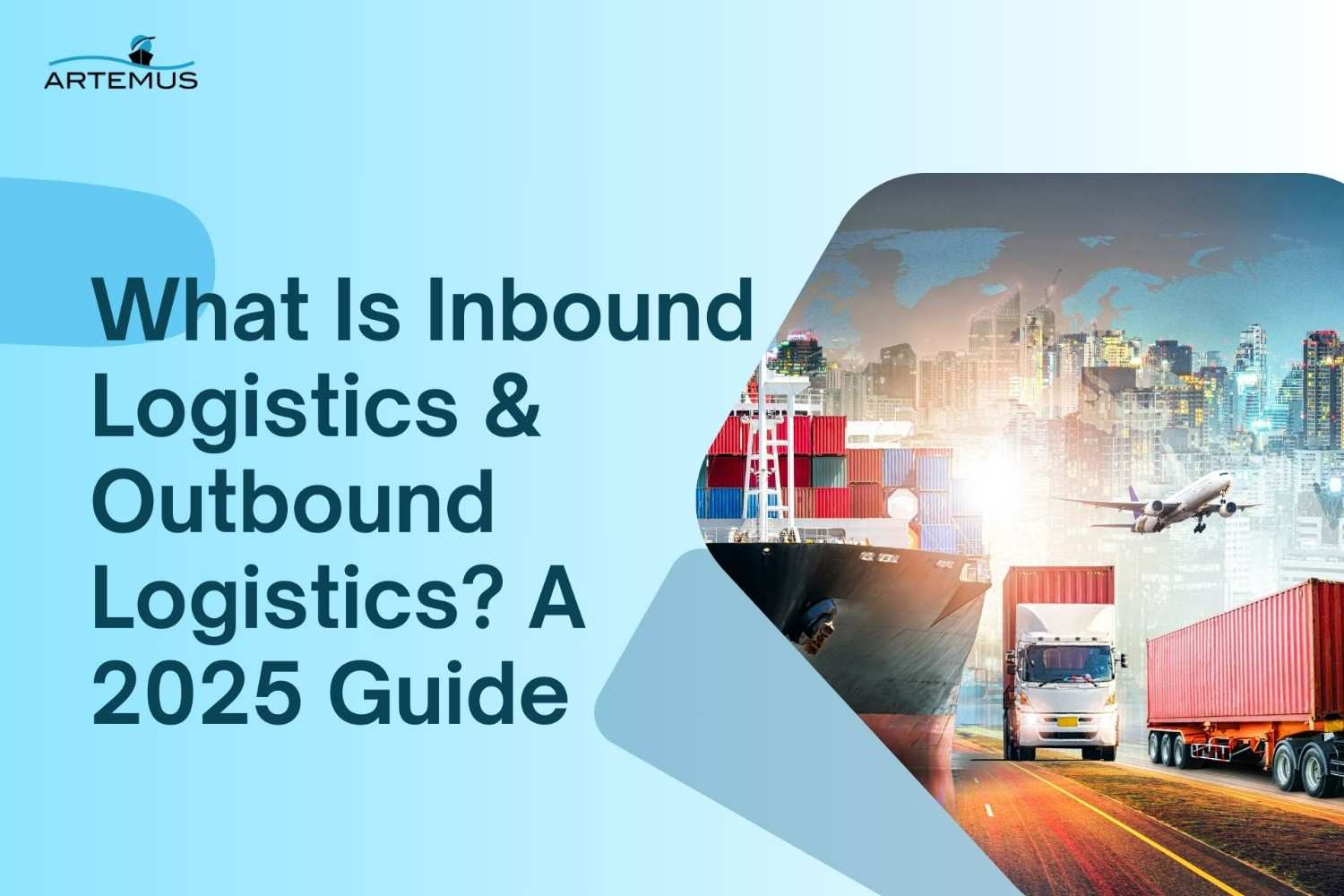
What Is Inbound Logistics & Outbound Logistics? A 2025 Guide
In the dynamic world of supply chain management, understanding the nuances of inbound and outbound logistics is crucial for operational

Navigating international trade involves managing various fees, including the Harbor Maintenance Fee (HMF), which is crucial for maintaining U.S. port infrastructure. For businesses exporting goods to the USA, understanding this fee and how it affects your operations is essential for compliance and cost management.
At Artemus, our platform simplifies ISF and AMS filings, ensuring accurate and efficient compliance with U.S. Customs regulations. We help streamline your processes, including managing the Harbor Maintenance Fee, so you can focus on growing your business. In this blog, we’ll break down the Harbor Maintenance Fee and how our solutions can assist you.
Table Of Contents
The Harbor Maintenance Fee (HMF) is a federal charge imposed on importers and domestic shippers to fund the maintenance and improvement of U.S. ports and harbors. Established under the Water Resources Development Act of 1986, the fee ensures that ports remain operational and capable of handling the nation’s maritime trade efficiently.
The HMF is calculated at a rate of 0.125% of the value of the commercial cargo shipped through U.S. ports.
The collected funds are deposited into the Harbor Maintenance Trust Fund, which the U.S. Army Corps of Engineers uses for dredging and other necessary maintenance activities. This fee applies to cargo moving through both coastal and inland ports, ensuring the infrastructure is well-maintained to support economic growth and trade activities.
Related: Freight Broker License Costs: The Price Of Entry In 2024
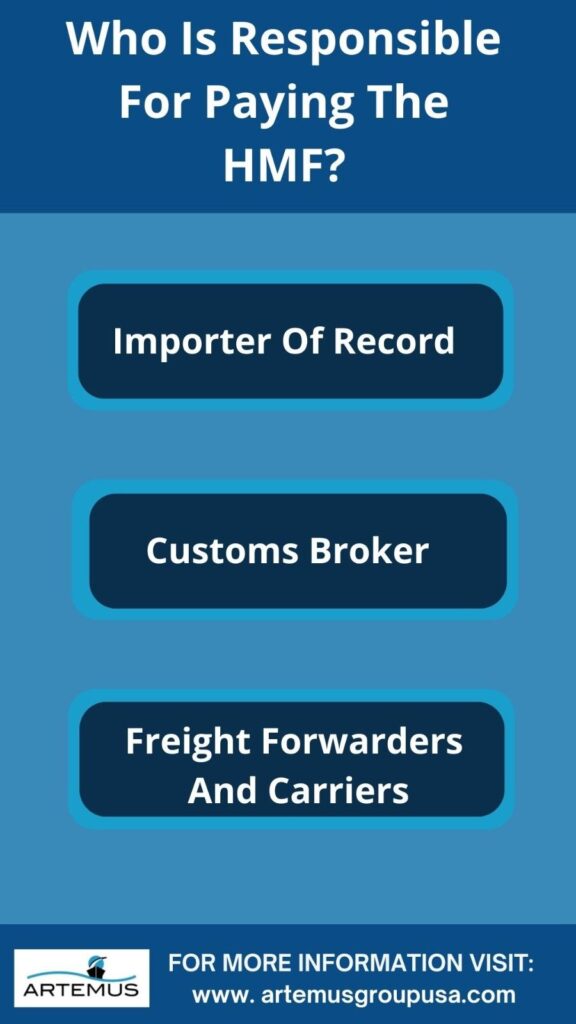
The HMF is typically paid by the importer or consignee of the cargo. The fee is usually collected by the customs broker or freight forwarder on behalf of the importer. Ultimately, the financial responsibility falls on the party receiving the cargo, which is usually outlined in the terms of the shipping contract.
The primary responsibility for paying the Harbor Maintenance Fee (HMF) falls on the “importer of record” for the shipment. This is the individual or entity who is listed on the import documentation as the party responsible for the goods upon arrival in the U.S.
The importer of record is typically the owner of the goods, the consignee, or the person authorized to receive the shipment. They are accountable for ensuring that the HMF is paid as required by U.S. Customs and Border Protection (CBP).
While the ultimate responsibility for paying the HMF rests with the importer of record, many importers utilize customs brokers to handle the intricacies of importing goods into the U.S. A customs broker is a licensed professional who can assist with filing import documents, calculating fees, and ensuring compliance with all regulations.
In many cases, the customs broker will handle the payment of the HMF on behalf of the importer of record. However, the importer remains legally responsible for ensuring that the fee is paid.
Freight forwarders and carriers play a crucial role in the logistics chain but do not directly bear the responsibility for paying the HMF. They are responsible for the transportation and handling of the goods, but the financial responsibility for the HMF lies with the importer of record.
Freight forwarders may assist in arranging the payment of the fee through the customs broker, but the importer must ensure that the fee is paid in full and on time.
Related: How Much Does It Cost To Become A Freight Broker In 2024
The Harbor Maintenance Fee is a U.S. federal tax imposed on commercial cargo that enters the United States via ports and harbors. The fee is used to fund the maintenance and improvement of the nation’s harbors and navigable waterways, ensuring they remain functional and accessible for commercial shipping.
The Harbor Maintenance Fee is calculated based on the value of the cargo being imported. Here’s a step-by-step guide on how to calculate it:
Related: OTI License Requirements, Costs, Renewal, & Regulations
Understanding the distinctions between the Harbor Maintenance Fee (HMF) and the Merchandise Processing Fee (MPF) is crucial for businesses involved in importing goods into the United States. Here’s a breakdown of the key points of differentiation between these two fees:
By understanding these key differences, importers and businesses can better navigate the complexities of U.S. customs fees and ensure compliance with the relevant regulations.
Related: ISF Late Filing Fee: Exact Cost & 6 Tips To Manage Appeals
The Harbor Maintenance Fee (HMF) for 2024 remains consistent with the rates applied in previous years. The HMF is levied on the value of commercial cargo shipped through U.S. ports to fund the maintenance and improvement of these ports and harbors. For 2024, the fee is set at 0.125% of the value of the cargo.
This fee is crucial for ensuring that U.S. ports are well-maintained and can efficiently handle the nation’s import and export activities. The collected funds are used to cover dredging and other necessary maintenance activities to keep the ports operational and capable of accommodating international trade.
Related: AMS Filing Penalty Cost: Most Common Pitfalls & Solutions
The Harbor Maintenance Fee (HMF) is a U.S. federal tax imposed on the value of commercial cargo shipped through ports and harbors. Its primary purpose is to fund the maintenance of harbor channels and port infrastructure, ensuring they remain navigable and safe for commercial use.
However, there are specific exemptions to this fee that businesses and stakeholders should be aware of. Here’s a detailed look at the exemptions to the Harbor Maintenance Fee:
One of the most significant exemptions is for cargo that is exported from the United States. The HMF does not apply to goods that are shipped out of the U.S. for export purposes. This exemption is designed to avoid taxing U.S. exports, thereby ensuring that American goods remain competitively priced in international markets.
If cargo is shipped through ports that are not subject to the Harbor Maintenance Fee, it is exempt from the fee. This typically applies to certain inland ports or facilities that do not handle a large volume of commercial cargo and thus are not covered by the fee.
The HMF is generally applied to large commercial ports and harbors. Smaller ports or harbors, which might not have the same level of infrastructure or maintenance needs, may not be subject to the fee. This helps to ensure that the fee is proportionate to the size and use of the port facilities.
Cargo that is transported by or for the U.S. government or military is exempt from the Harbor Maintenance Fee. This includes supplies and equipment that are part of military operations or other government-related activities. The rationale behind this exemption is to avoid additional costs for government agencies engaged in national defense and public service.
In some cases, agricultural products may be exempt from the HMF, especially if they are shipped under specific government programs or subsidies. These exemptions are intended to support the agricultural sector and ensure that the cost of transporting essential goods does not become prohibitive.
Cargo that is used in support of U.S. Coast Guard operations, such as equipment or supplies necessary for maritime safety and security, may be exempt from the HMF. This exemption recognizes the role of the Coast Guard in maintaining safe and secure maritime environments.
While the HMF typically applies to cargo transported through U.S. ports, certain exemptions might be in place for cargo shipped on U.S.-flagged vessels, depending on specific regulations or agreements. This can be part of broader maritime policies to support U.S. shipping industries.
Occasionally, specific legislative acts or special programs may create temporary or permanent exemptions from the Harbor Maintenance Fee. These exemptions are usually enacted to address particular needs or to support specific industries or regions.
Related: ISF Bond Cost Breakdown & Management For Import Success
To apply for a Harbor Maintenance Fee (HMF) refund, complete the required refund request forms and submit them to U.S. Customs and Border Protection (CBP) with supporting documentation. Ensure all information is accurate to avoid processing delays. For detailed instructions, consult the CBP’s website or customer service.
You may be eligible for an HMF refund if:
Related: What Is ISF Bond? Types, Cost, & Components To Know
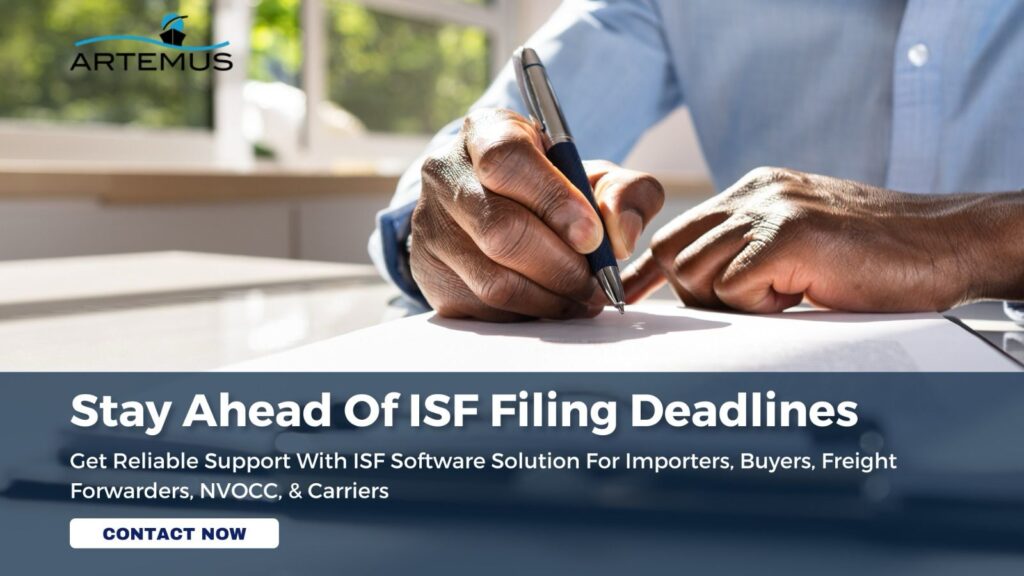
Artemus Transportation Solutions offers state-of-the-art ISF (Importer Security Filing) and Automated Manifest Filing software solutions, designed to streamline compliance and enhance efficiency in the import process.
The software ensures that all necessary ISF data elements are accurately reported to U.S. Customs and Border Protection (CBP) well within the required timelines, minimizing the risk of penalties and shipment delays. By automating the filing process, our solution reduces manual data entry errors and provides real-time tracking and updates, ensuring a seamless flow of information.
In addition to ISF filing, our Automated Manifest Filing software integrates smoothly with existing logistics and supply chain systems, facilitating quick and accurate transmission of manifest data for both ocean and air shipments.
Related: ISF Filing Cost: Elements, Hidden Costs, & Minimization Tips
To calculate the Harbor Maintenance Fee (HMF), multiply the value of the cargo being imported by the applicable rate, which is currently 0.125%. The fee is assessed on the value of cargo entering U.S. ports.
Harbor charges are fees assessed by port authorities for services and facilities used by vessels at the port, such as docking, mooring, and cargo handling.
The harbor maintenance fee is a charge levied on cargo imports and exports to fund the maintenance and improvement of Canadian port facilities, ensuring they remain efficient and effective.
HMF stands for Harbor Maintenance Fee, a fee collected to maintain and improve U.S. ports and harbors. MPF, or Merchandise Processing Fee, is a fee assessed on imports to cover the cost of customs processing.
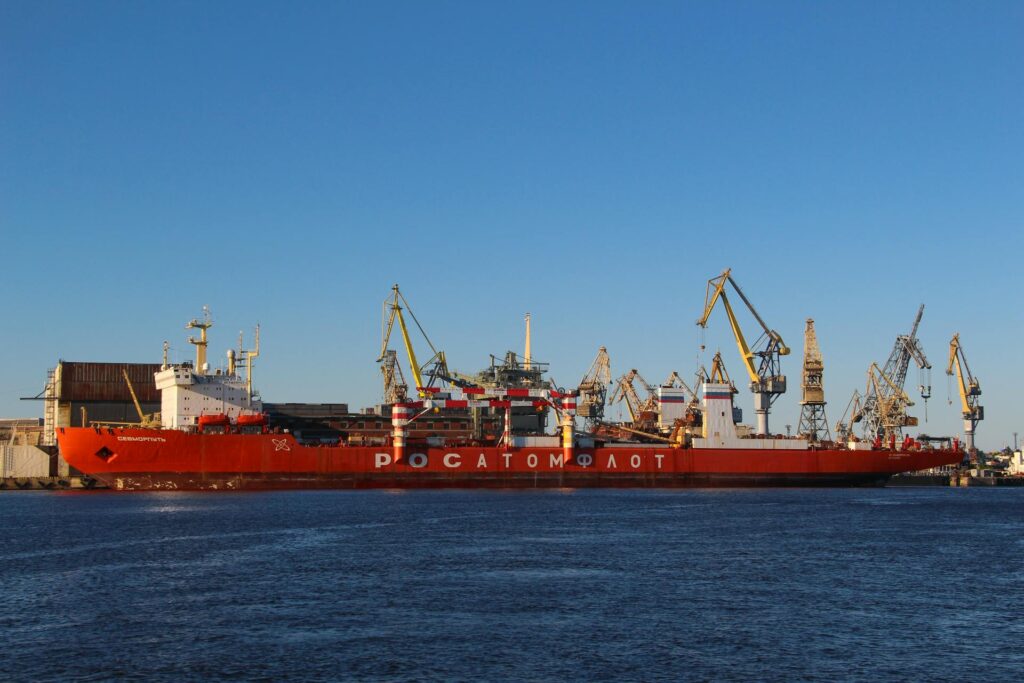
Harbor Maintenance Fee (HMF) plays a critical role in maintaining and improving the infrastructure of U.S. ports and harbors, ensuring they remain efficient and capable of handling the demands of modern shipping. While it is a necessary cost for importers and exporters, understanding its purpose and how it is calculated can help businesses manage their logistics budgets more effectively.
By contributing to the upkeep of vital port facilities, the HMF supports the smooth flow of goods and enhances the overall competitiveness of U.S. ports in the global trade landscape.
Related: NVOCC Bond & OTI Bonds – Federal Maritime Commission

In the dynamic world of supply chain management, understanding the nuances of inbound and outbound logistics is crucial for operational
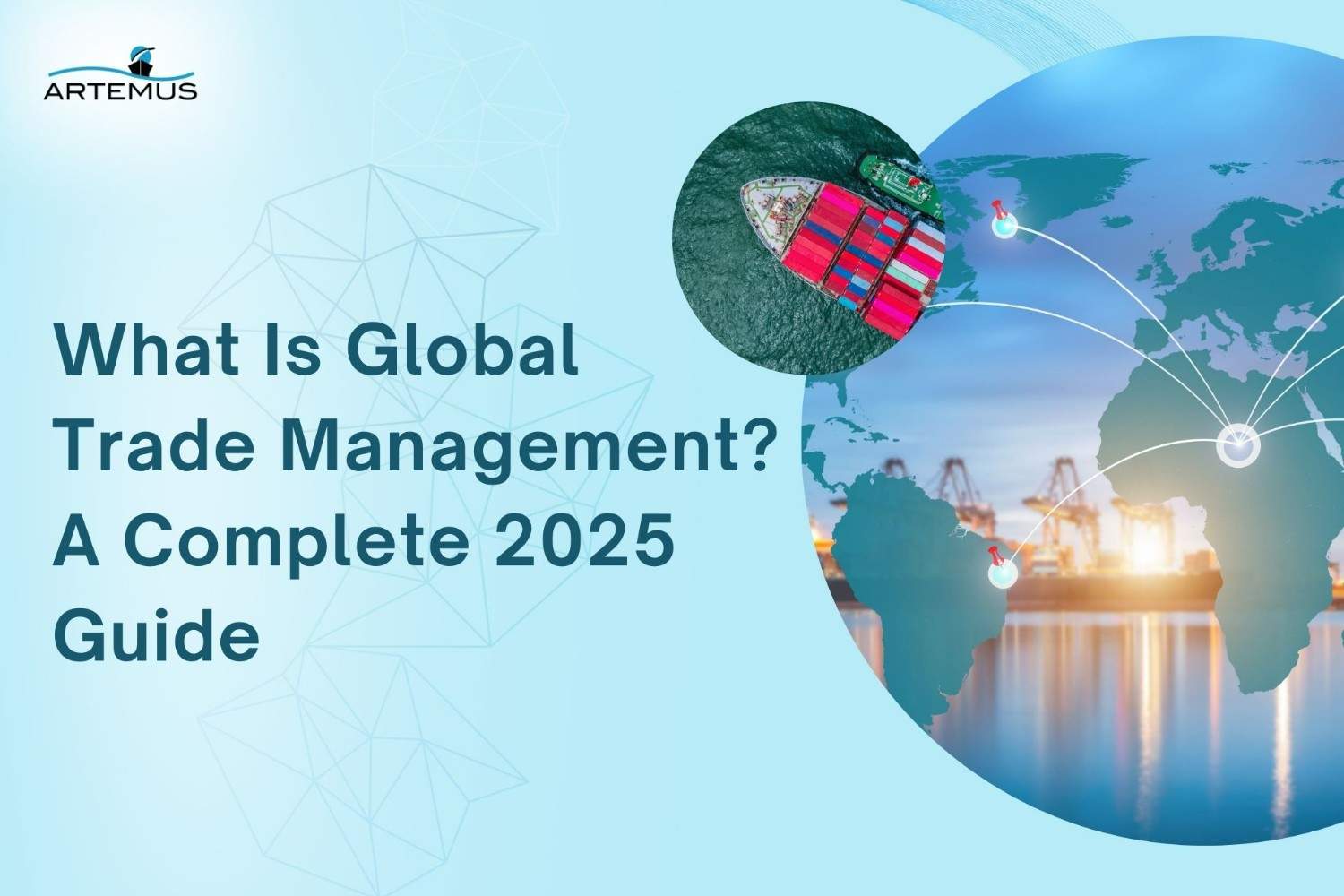
In today’s interconnected world, businesses rely heavily on global trade to expand their markets, access new resources, and drive growth.
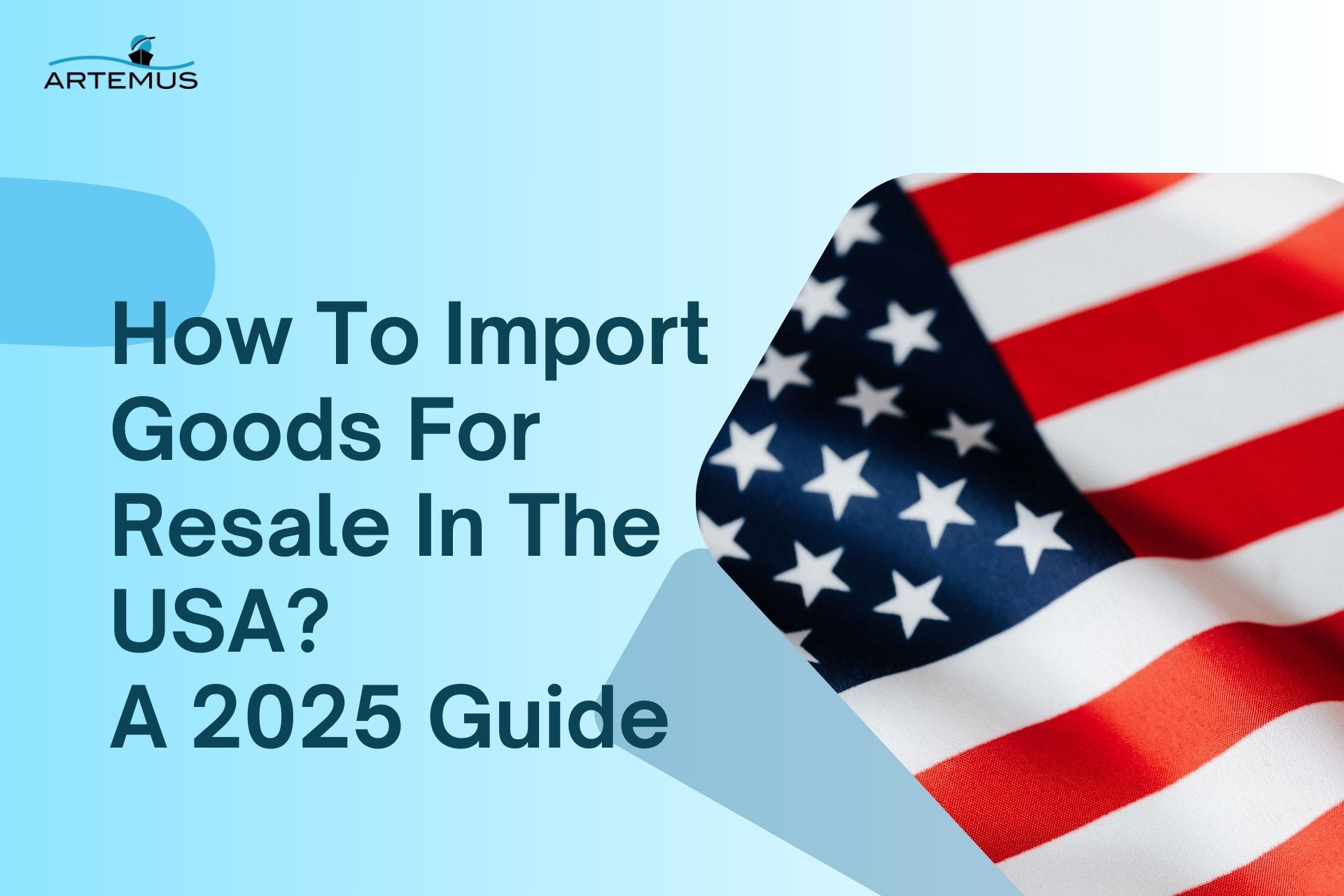
Importing goods for resale in the USA presents a lucrative business opportunity, but navigating the complexities of U.S. customs regulations,
Get In Touch
Artemus’ Software Solutions for ISF, AMS, Japan AFR, eManifest Canada, & Panama B2B filings.